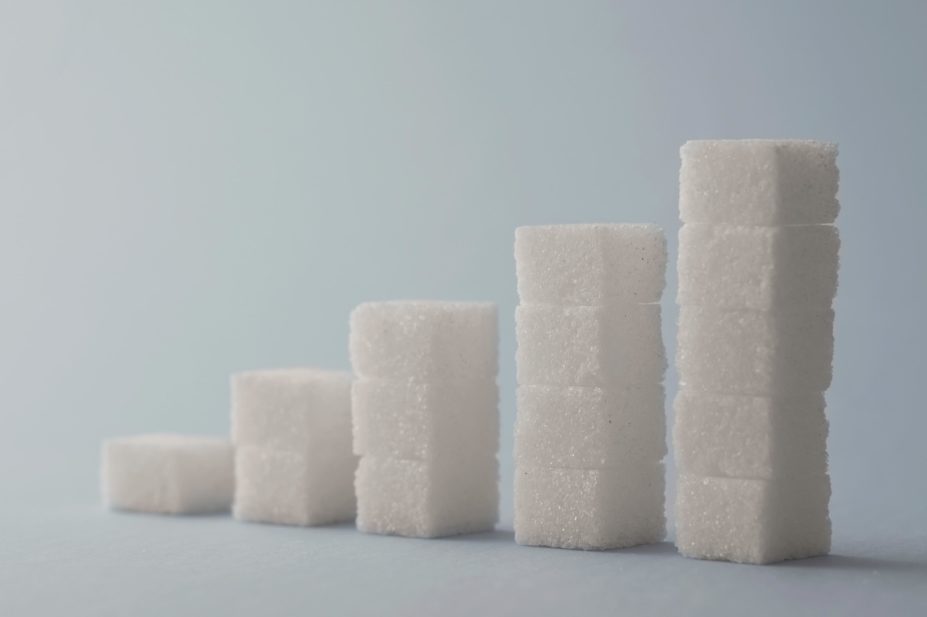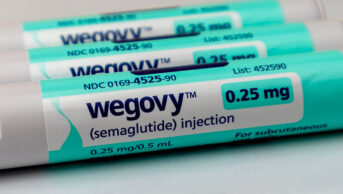
istockphoto.com
It is easy to be a little intimidated by the latest statistics on diabetes prevalence. The charity Diabetes UK has analysed data from the Quality and Outcome Framework to estimate that 3.3 million people have been diagnosed with diabetes in the UK, an increase of 59.8% in the past decade. Around 90% of these patients were diagnosed with type 2 diabetes.
Elsewhere, the UK government’s Health and Social Care Information Centre (HSCIC) states that diabetes now represents 10.0% of the NHS primary care drugs bill in England, accounting for 47.2 million items and costing £868.6m in 2014–2015. Ten years ago, diabetes cost £513.9m, equivalent to 6.6% of NHS primary care drug costs, and accounted for 27.1 million items.
The rise in the drugs bill is not only caused by more people requiring treatment. The advances in treatment (and their associated costs) also need to be considered. While the near-doubling of diabetes items dispensed in ten years is concerning, the largest increase in costs was seen in the comparatively cheap metformin. The reason for almost two-thirds of the rise in the diabetes drugs bill since 2005 is because treatments are improving.
Insulin prescriptions, for example, cost the NHS £113.9m more in 2014–2015 than in 2005–2006. This is in part because human analogue insulins have replaced more established, but less expensive, animal insulins. Or take “other antidiabetic drugs”. Although the cost of this category has fluctuated in the past ten years (falling with the withdrawal of rosiglitazone or the price reduction of pioglitazone), on the whole it accounts for £131.8m of the rising cost of diabetes to the NHS. This is driven by the increased use of newer, more costly drugs such as dipeptidyl peptidase-4 inhibitors and glucagon-like peptide-1 receptor activators.
The charity Diabetes UK said that more than one-third of diabetes patients in England and Wales do not receive the care processes recommended by the National Institute for Health and Care Excellence (NICE) for preventing serious complications (eg, blood pressure checks, blood glucose monitoring, renal function tests). Some of these complications include foot amputations from peripheral neuropathy, blindness and strokes. And they are all adding to the spiralling cost to the NHS.
This is the price of the burgeoning obesity epidemic, with costs of public healthcare expected to skyrocket over the next decade. We are already seeing the effects in the NHS drugs bill. The UK government and healthcare professionals have a tough battle ahead fighting this epidemic and keeping costs down.


